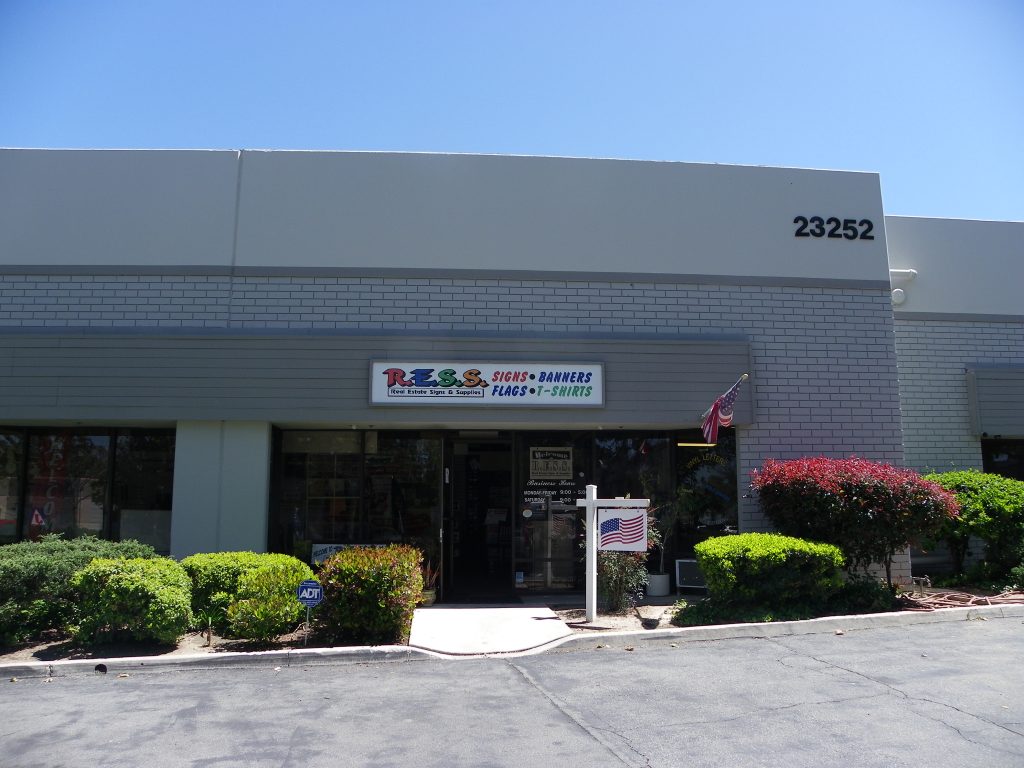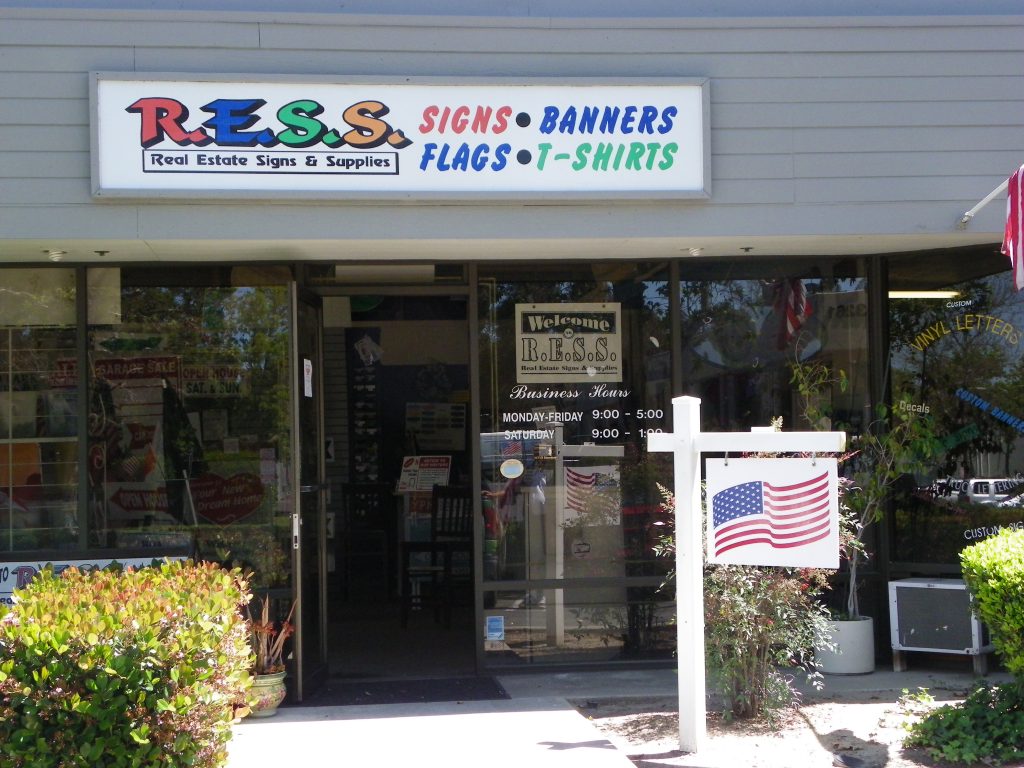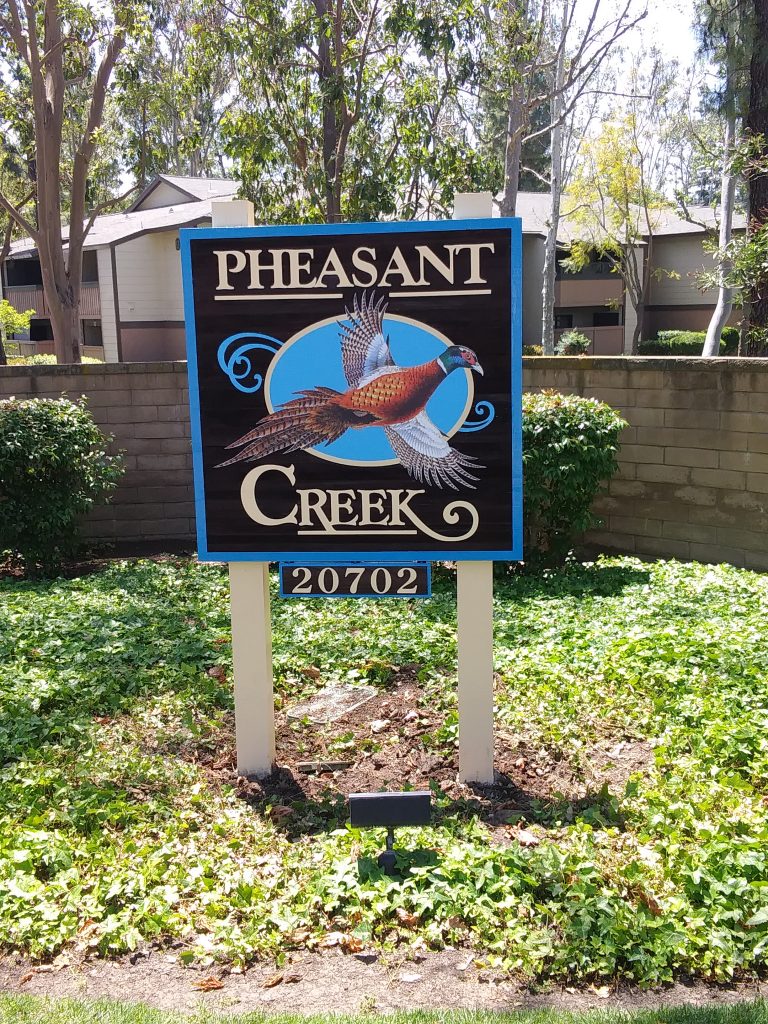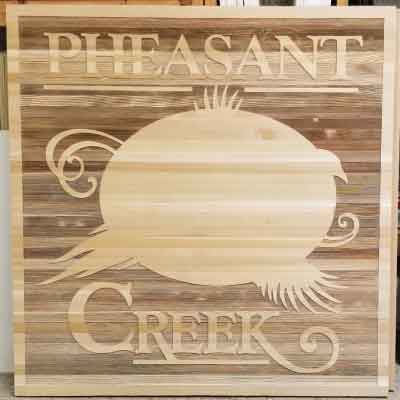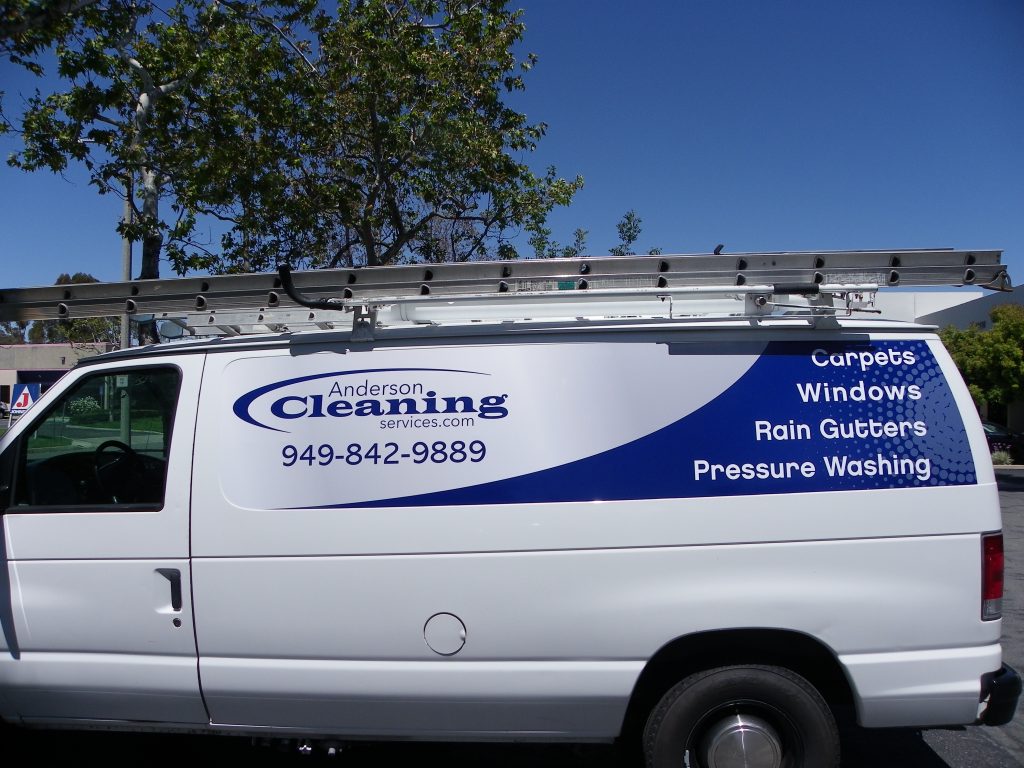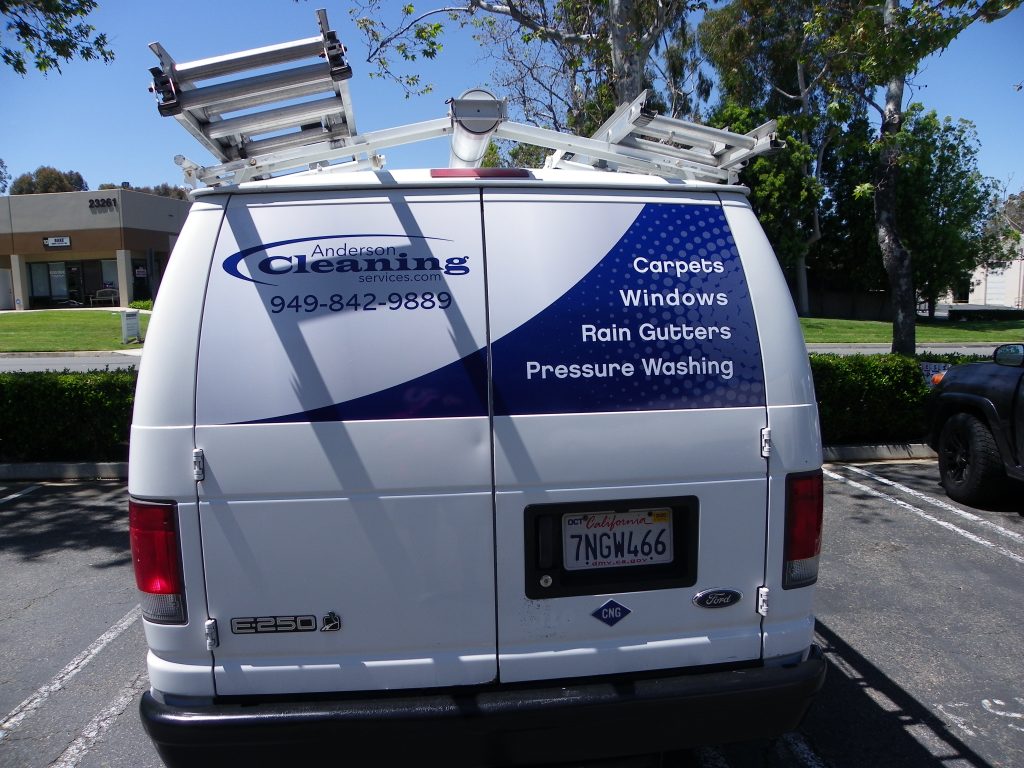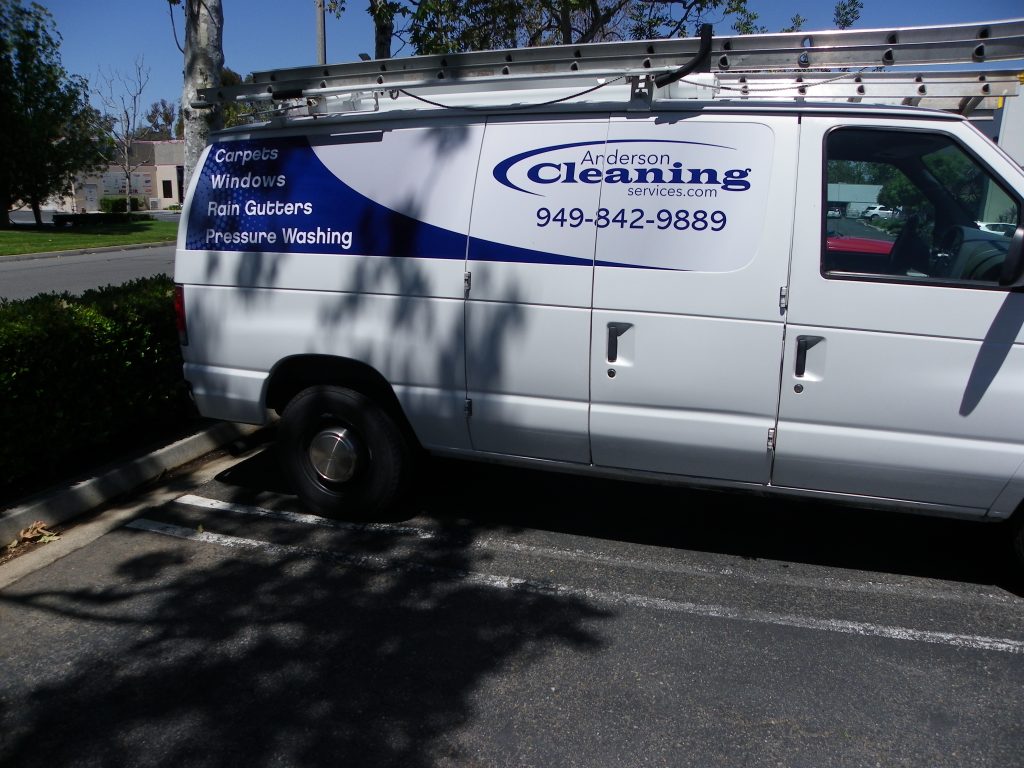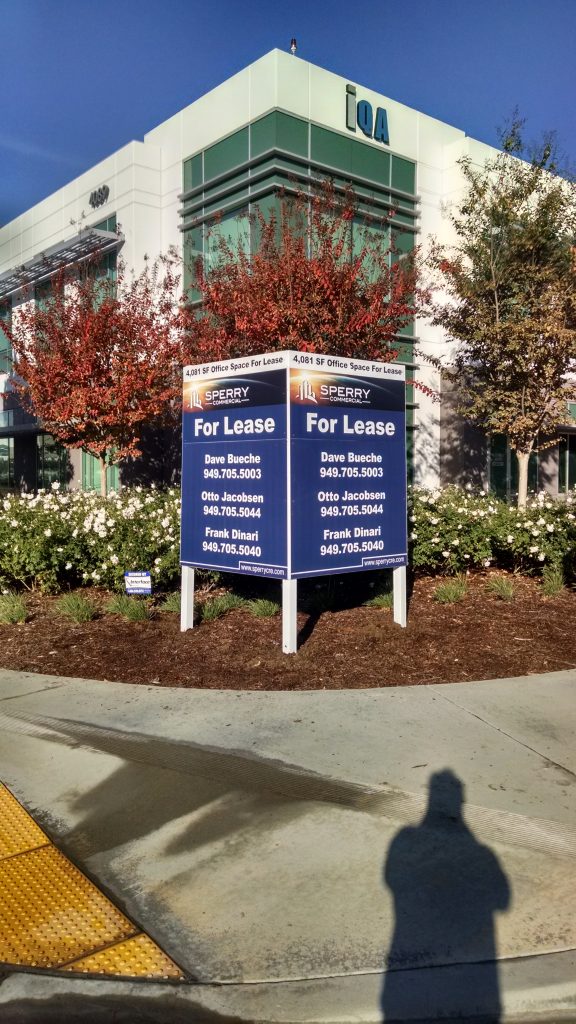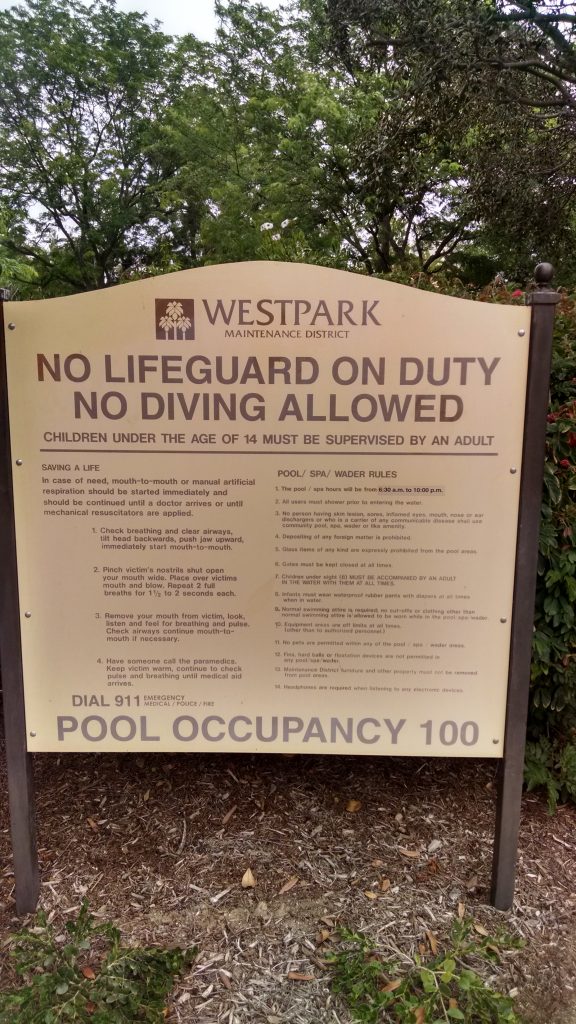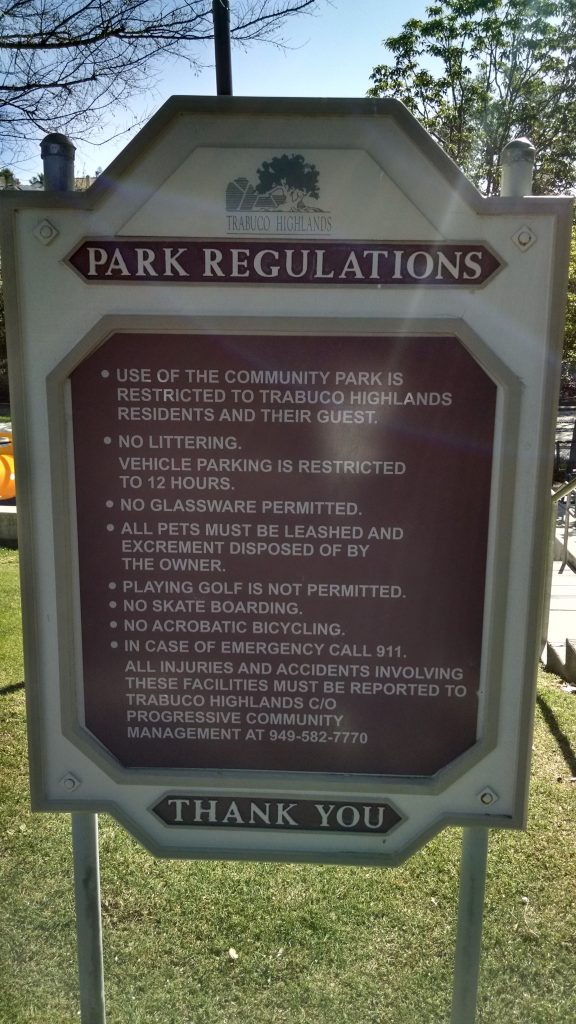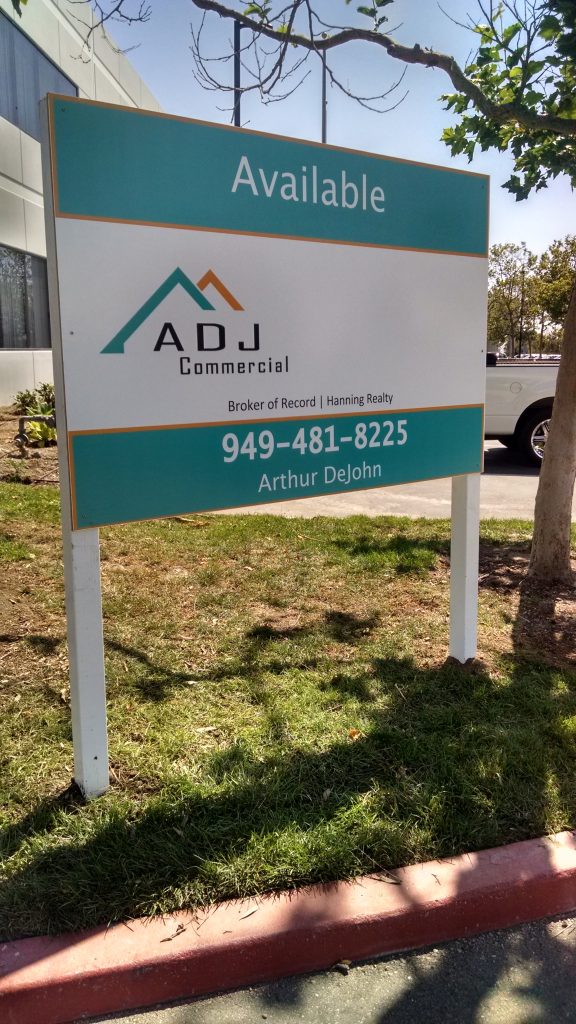UV Printing refers to a commercial printing process that uses ultraviolet curing technology.
Also known as Ultraviolet Printing, the UV Printing process involves special inks that have been formulated to dry quickly when exposed to ultraviolet (UV) light.
As the paper (or other substrate) passes through the printing press and receives wet ink, it is immediately exposed to UV light. Because the UV light dries the application of ink instantly, the ink does not have the opportunity to seep or spread. Hence, images and text print in sharper detail.
The advantages of UV Printing include the following…
- The ink is dry the second it comes off the press. No time is lost waiting for the ink to dry before folding, binding, or performing other finishing operations.
- Works with a variety of materials, including paper and non-paper substrates. UV Printing works particularly well with synthetic paper, a popular substrate for maps, menus, and other moisture-resistant applications.
- UV-cured ink is less prone to scratches, scuffs, or ink transfer during handling and transportation. It also resists fading.
- The printing is sharper and more vibrant. Because the ink dries so rapidly, it does not have a chance to spread or absorb into the substrate. As a result, the printing stays vivid and crisp.
- The UV printing process is kinder to the environment. Because UV-cured inks are not solvent-based, there are no harmful substances to evaporate into the surrounding air.
Wide Format Solvent Printing
Wide format printers (large format printers) are generally accepted to be any computer-controlled printing machines (printers) that support a maximum print roll width of between 18″ and 100″. Printers with capacities over 100″ wide are considered super wide or grand format. Wide format printers are used to print banners, posters, trade show graphics, wallpaper, murals, backlit film (duratrans), vehicle image wraps, electronic circuit schematics, architectural drawings, construction plans, backdrops for theatrical and media sets, and any other large format artwork or signage. Wide format printers usually employ some variant of inkjet or toner based technology to produce the printed image; and are more economical than other print methods such as screen printing for most short-run (low quantity) print projects, depending on print size, run length (quantity of prints per single original), and the type of substrate or print medium. Wide format printers are usually designed for printing onto a roll of print media that feeds incrementally during the print process, rather than onto individual sheets.
Solvent: This term is used to describe any ink that is not water-based. Piezo inkjet printers whose inks use petroleum or a petroleum by-product such as an acetone like carrier liquid. “Eco-Solvent” inks usually contain glycol esters or glycol ether esters and are slower drying. The resulting prints are waterproof. May be used to print directly on uncoated vinyl and other media as well as ridged substrates such as Painted/Coated Metal, Foam Board and PVC. The solvents soften the base material and allow the ink pigments to mechanically latch on to the chemically etched surface. Certain ink manufacturers have different bite based on what solvent carriers they use. Which is what makes solvent ink prints more durable than aqueous inks. However, solvent inks give off strong odor or fumes when drying, as the carrier fluid dissipates through applied heat from the printer’s platen. There are various levels of solvent ink ranging from “True or Full Solvent” to “Medium/Mild Solvent” all the way down to “Eco-Solvent”. The fume and odour levels decrease accordingly, so does the surface etch of the base material. Full to Medium/Mild Solvents require fume extraction to be considered safe in the working environment. Most Eco-Solvents can be used in an office environment with minimal or tolerable odor levels.

